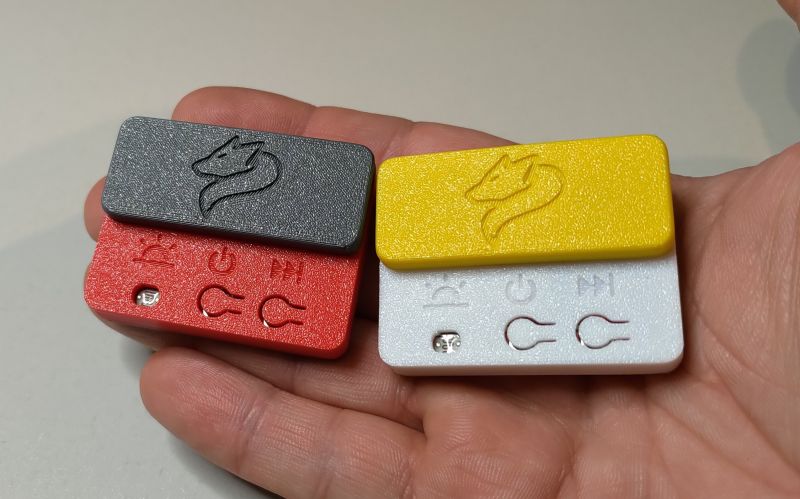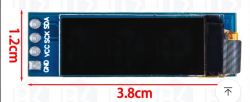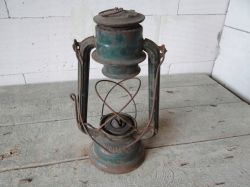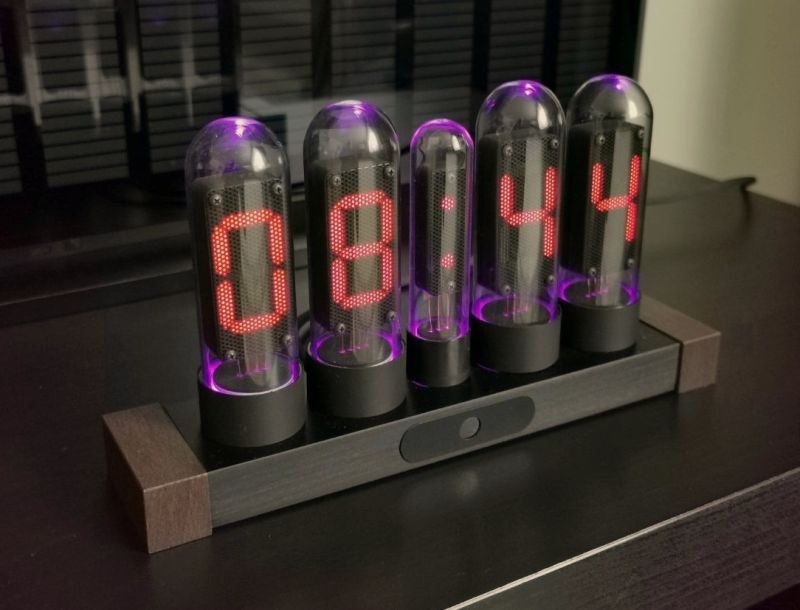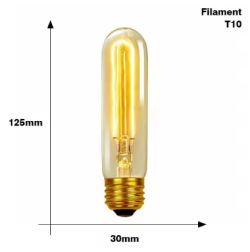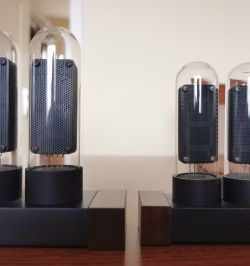efi222 wrote: I have not had plastic tubes in my hand. It is difficult for me to judge. I have had bad experiences with market plexiglass. In spite of all protection during processing and even later during use (wiping with a cloth) micro scratches appear. Perhaps the test tubes are made of better plastic.
I had and there should even be some plastic ones lying around in a drawer somewhere. However, I have not tried to use them for such a purpose as a colleague, maybe one day.

As for scratches, I can't comment as I haven't tested it, but maybe it would be possible to polish it?
efi222 wrote: When cutting and machining my first glass tube, I also had doubts about whether I could handle it (I've never done it). But now I know that it's really nothing scary.
I have a very similar diamond disc as a colleague. I haven't cut glass with it, but it goes into PCB laminate almost like butter, I've also cut aluminium and brass angles and I know they can do the job. With glass I would be concerned about chipping and that it might simply break.
efi222 wrote: Well, in conclusion, glass will always have that glass shine.
Fact

.
efi222 wrote: As the Christmas/New Year frenzy passes, I will try to supplement the article with more detailed information on the watch construction and glass treatment.
Glass machining would interest me, the rest too, but I don't have a 3D printer, so I'm unlikely to realise such a watch for myself any time soon anyway.
Merry Christmas.
Greetings,
A.
 .
.



